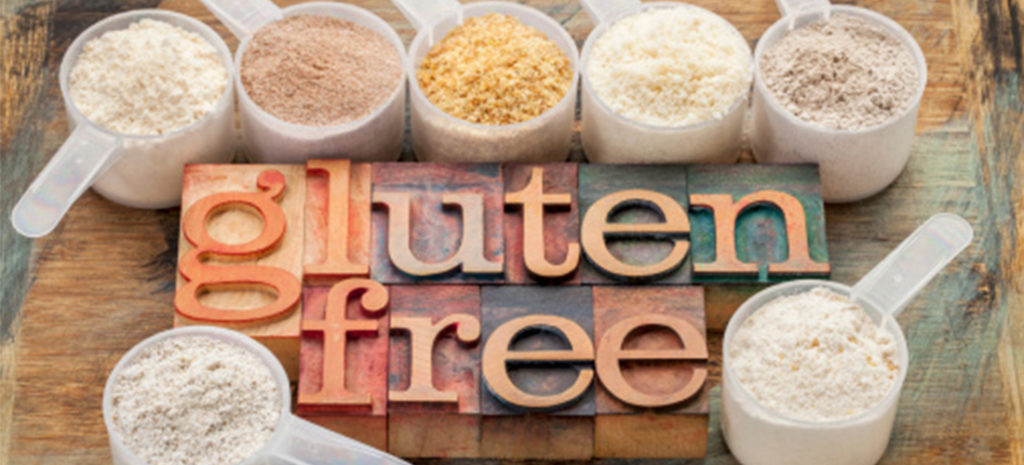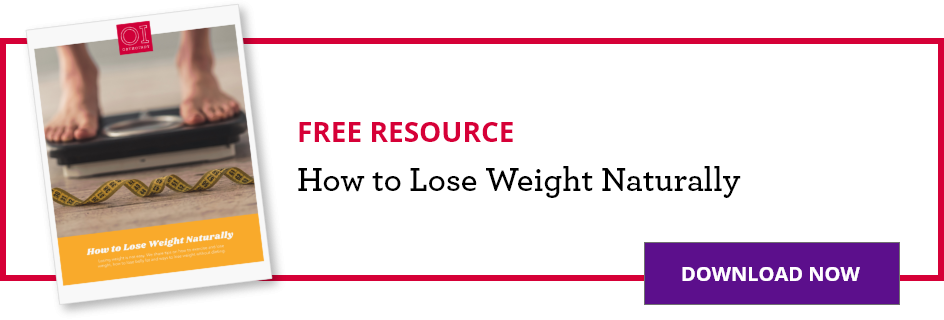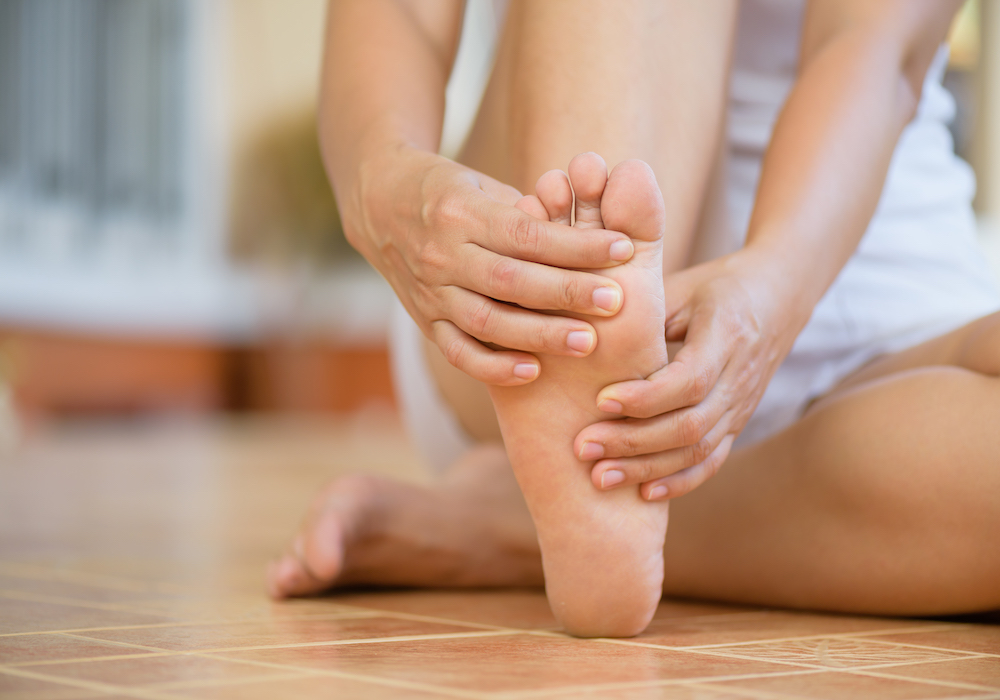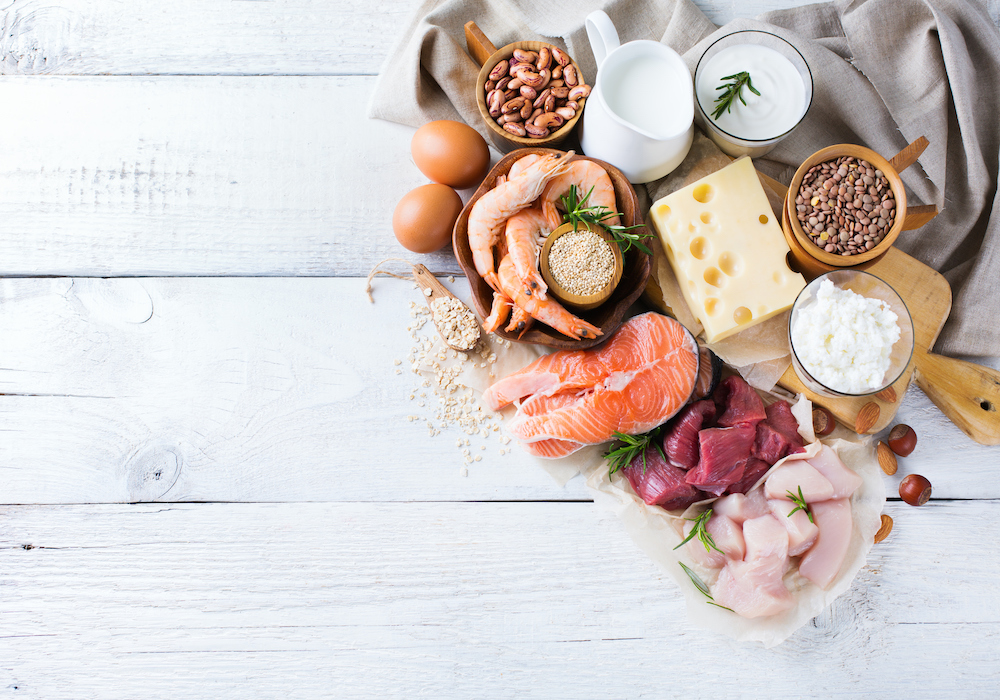This post is part of the Ultimate Guide to a Healthy Lifestyle
By now almost everyone has heard of the phrase, ‘gluten-free’. It is a huge craze right now and there have even been multiple comedy spoofs of people claiming to be gluten-free despite not knowing exactly what gluten is.
Gluten-free
One that comes to mind is a video where Jimmy Kimmel asked people in Los Angeles if they were gluten-free. When they answered yes he asked them what gluten was. Jimmy received a variety of responses including:
“This is pretty sad, because I don’t know.”
“Gluten’s in bread, a flour derivative. It’s like a grain, right?”
“It’s the wheat in products such as bread, pastas or rice. I haven’t researched it to the fullest. I have a girlfriend from Russia who got me into it. She’s reading a book about it.”
“It is a part of the wheat that… I really don’t know.”
For the record, gluten is a combination of two proteins: gliadin and glutenin. It is found in wheat, barley and rye products. It is responsible for the elasticity in dough and helps provide that chewiness you find in pizza, which is usually made from high-gluten flour.
Celiac disease
A lot of people hear gluten-free diet and think that it’s a diet for weight loss. A gluten-free diet is actually prescribed for people who have celiac disease or a gluten intolerance. Celiac disease is an auto-immune condition where the gluten does not cause damage, but triggers the immune system to attack the small intestine. As a result, villi in the small intestines can be damaged. Symptoms include: malnutrition, pain and discomfort in the gastrointestinal tract, diarrhea, fatigue, anemia, constipation and atopic dermatitis, a skin disorder.
Vitamin deficiencies and malnutrition can occur in those with celiac disease since the small intestine is a main site of absorption for many nutrients. Many people with celiac disease may also be lactose intolerant because the lactase enzyme that digests the lactose in milk is normally on the villi of the small intestine. The only known treatment for celiac disease is a 100 percent gluten-free diet.
Gluten intolerance is a condition where the body is unable to digest gluten fully resulting in bloating, abdominal pain, diarrhea, constipation and fatigue. It is usually less severe than celiac disease and gluten is what actually causes the symptoms. Research is still being conducted on these two conditions as gluten intolerance remains highly controversial.
Maybe you have tried a gluten-free diet and decided that you felt better. Does that mean that you have celiac disease or a gluten intolerance? Not necessarily. A true diagnosis can only be given by a physician. Sometimes the same symptoms may be irritable bowel syndrome (IBS).
Often you may just feel better because your grain consumption changes from around 90 percent wheat products to all different types of grains including certified gluten-free oats, rice or brown rice and quinoa, just to name a few. Varying your food intake will help you feel better because moderation is important. If you are eating a large amount of anything, eventually you will start to feel bad.
A lot of people claim that they can lose weight on a gluten-free diet. Sure, that is a possibility, but it’s definitely not a guarantee. You may make healthier choices when eating out because the only thing a restaurant offers that’s gluten-free may be a salad without croutons or grilled chicken with vegetables. Or you could make worse choices when buying groceries because a lot of gluten-free processed foods amp up the sugar and fat content to help improve the flavor. A comparison of one cup of regular flour and white rice flour shows that white rice flour is higher in calories, has more carbohydrates and less protein:
All-purpose Wheat Flour
- 455 Calories
- 95.4 g Carbohydrates
- 3.4 g Dietary Fiber
- 12.9 g Protein
White Rice Flour
- 578 Calories
- 127 g Carbohydrates
- 4 g Dietary Fiber
- 9 g Protein
A lot of times gluten-free processed foods have minimal dietary fiber making it hard for people to reach the recommended amounts.
Following a gluten-free diet is hard, especially when eating out. Many restaurants may not realize that they are cross-contaminating foods that could be gluten-free by using the same fryers for breaded products and French fries, or using the same knife to cut bread and lettuce. If you are diagnosed with celiac disease or gluten intolerance, this can be frustrating to make sure that you are consuming an entirely gluten-free diet.
Although a gluten-free diet may not be required for you, there are some healthy practices you can adopt. When eating out at a restaurant, choose to order healthier dishes that could be gluten-free such as grilled chicken or fish with vegetables or a salad without croutons and plenty of vegetables. Incorporate different types of grains into your diet instead of relying almost exclusively on wheat. Serve up a side of brown rice or risotto with your meal instead of macaroni and cheese. Put together a quinoa salad with vegetables and a sauce instead of having a breadstick as a side.
Listed below are recipes that include other types of grains:
Mexican Brown Rice
- 1 can (12 ounce size) chopped tomatoes, keep the juice
- 1 cup uncooked brown rice
- 1 cup corn
- 1 1/2 cup water
- 2 tbsp olive oil
- 1/2 package taco seasoning mix
- 2 tsp sugar
- 1 onion, finely chopped
- 1/2 tsp garlic powder
- 1/2 tsp onion powder
Add the water to a large pot and bring to a boil. Add all the ingredients, except the corn. Reduce to a simmer, cover and cook until water has been absorbed into rice.
Average cooking time is 60 minutes. Let stand for 10 minutes, add in cooked corn, and fluff with fork.
The great thing about quinoa is that it works great at any temperature, hot, room-temperature or cold from the refrigerator. It’s a great grain to make ahead and pack for lunch or a snack. It also contains protein.
Quinoa with Roasted Garlic, Tomatoes, and Spinach
- 1 whole garlic head
- 1 tbsp olive oil
- 1 tbspn finely chopped shallots
- 1/4 tsp crushed red pepper
- 1/2 cup uncooked quinoa, rinsed and drained
- 1 tbsp dry white wine
- 1 cup fat-free, less-sodium chicken broth
- 1/2 cup baby spinach leaves
- 1/3 cup chopped seeded tomato (1 small)
- 1 tbsp shaved fresh Parmesan cheese
- 1/4 tsp salt
Preheat oven to 350°.
Remove papery skin from garlic head. Cut garlic head in half crosswise, breaking apart to separate whole cloves. Wrap half of head in foil; reserve remaining garlic for another use. Bake at 350° for one hour; cool 10 minutes. Separate cloves; squeeze to extract garlic pulp. Discard skins.
Heat oil in a saucepan over medium heat. Add shallots and red pepper to pan; cook one minute. Add quinoa to pan; cook two minutes, stirring constantly. Add wine; cook until liquid is absorbed, stirring constantly. Add broth; bring to a boil. Cover, reduce heat, and simmer 15 minutes or until liquid is absorbed. Remove from heat; stir in garlic pulp, spinach, tomato, cheese and salt. Serve immediately.
Quinoa Salad with Artichokes and Parsley
- 1 tbsp olive oil
- 1 cup chopped spring or sweet onion
- 1/2 tsp chopped fresh thyme
- 1 (9-ounce) package frozen artichoke hearts, thawed
- 1 cup fat-free, low-sodium chicken broth
- 1/2 cup uncooked quinoa
- 1 cup chopped fresh parsley
- 5 tsp grated lemon rind
- 1 1/2 tbsp fresh lemon juice
- 1/4 tsp kosher salt
Heat oil in a medium saucepan over medium-high heat. Add onion and thyme; sauté five minutes or until onion is tender. Add artichokes; sauté two minutes or until thoroughly heated. Add broth and quinoa; bring to a simmer. Cover and cook 18 minutes or until liquid is completely absorbed.
Remove pan from heat. Stir in parsley, rind, juice and salt. Serve warm or at room temperature.
This works great if you prep everything except the popped amaranth the night before for a quick breakfast!
Honeyed Grapefruit Yogurt Parfait with Popped Amaranth
- ½ cup wide-flake unsweetened coconut
- 1 grapefruit
- 1 cup plain yogurt
- ¼ cup raw amaranth
- 4 tsps honey or 1 Tbsp + 1 tsp
Preheat oven to 350 degrees and toast the coconut until golden brown, five to seven minutes.
Segment the grapefruit.
Toast the Amaranth – Use a taller pan than you think, pour the dry grains into a dry pan, cook over medium-high heat until they gently pop, three to five min. They won’t grow in size but they’ll turn white, like tiny beads of popcorn. They can burn quickly so be sure to watch the pan closely. Once most have popped, some will still be golden brown, pull the pan off the heat.
To assemble the parfaits, spoon ¼ cup yogurt into the bottom of a glass or jar. Top with a few segments of grapefruit, 1 tbsp popped amaranth, 1 ½ tbsp toasted coconut and 1 teaspoon honey. Repeat. Enjoy soon after assembly.
You can prepare everything the night before leaving out the amaranth, and just add the amaranth on top if you would like.
Buckwheat Pancake Recipe
- 1 cup Buttermilk
- 1 egg
- 3 tbsp butter, melted
- 6 tbsp All-purpose flour (or Gluten-free All-purpose Flour)
- 6 tbsp Buckwheat flour
- 1 tsp sugar
- ½ tsp salt
- 1 tsp baking soda
- 3 tbsp butter
In a medium bowl, whisk together the buttermilk, egg and melted butter.
In another bowl, mix together the flours, sugar, salt and baking soda. Pour the dry ingredients into the wet ingredients. Stir until the mixture is just combined.
Heat a griddle or frying pan to medium-hot and place 1 tbsp of butter or oil into it. Let the butter melt before spooning the batter into the pan. Once bubbles form on the top of the pancakes, flip them over and cook on the other side.
Schedule an appointment
Your well-being is important to us. Click the button below or call us to schedule an appointment with one of our orthopedic specialists. If your injury or condition is recent, you can walk right into one of our OrthoIndy Urgent Care locations for immediate care. For rehabilitation and physical therapy, no referral is needed to see one of our physical therapists.






